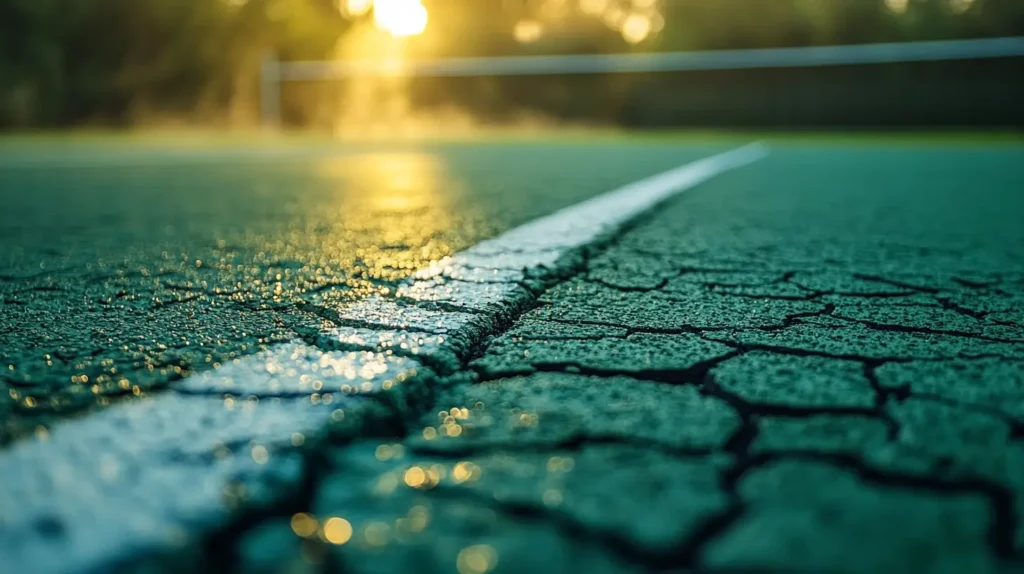
The condition of the surface you’re playing on can make or break your game—and there are certain cities that know better than others just how much a faulty court can cost you in the middle of a match. But why are some cities more prone to that court damage than others? Usually, it’s thanks to extreme weather conditions—from freezing winters to scorching summers—that can lead to cracking, degradation, and costly repairs.
Fortunately, Polypave Court Shield offers a patented, innovative solution that prevents cracks before they even begin, ensuring your court remains in top shape year-round. Here are some of the U.S. cities most susceptible to cracking issues and how Polypave can help.
Table of Contents
Denver, Colorado

Known for its extreme temperature fluctuations, Denver is a prime example of a city where cracking can easily occur. In the winter, temperatures can plummet below freezing, while the summer sun can drive temperatures above 90°F. These conditions create a cycle of expansion and contraction in concrete and asphalt, which weakens the material over time.
Polypave Court Shield’s protective layer provides the perfect solution to combat this issue, ensuring long-lasting surfaces for tennis and pickleball courts.
Phoenix, Arizona

Phoenix is no stranger to extreme heat, with summer temperatures regularly soaring above 100°F. Prolonged exposure to intense sunlight can cause court surfaces to expand and crack, leading to a rough and uneven playing field.
The Polypave Court Shield system is designed to handle such heat, preventing cracking by maintaining the integrity of the surface despite high temperatures and intense UV exposure.
Chicago, Illinois
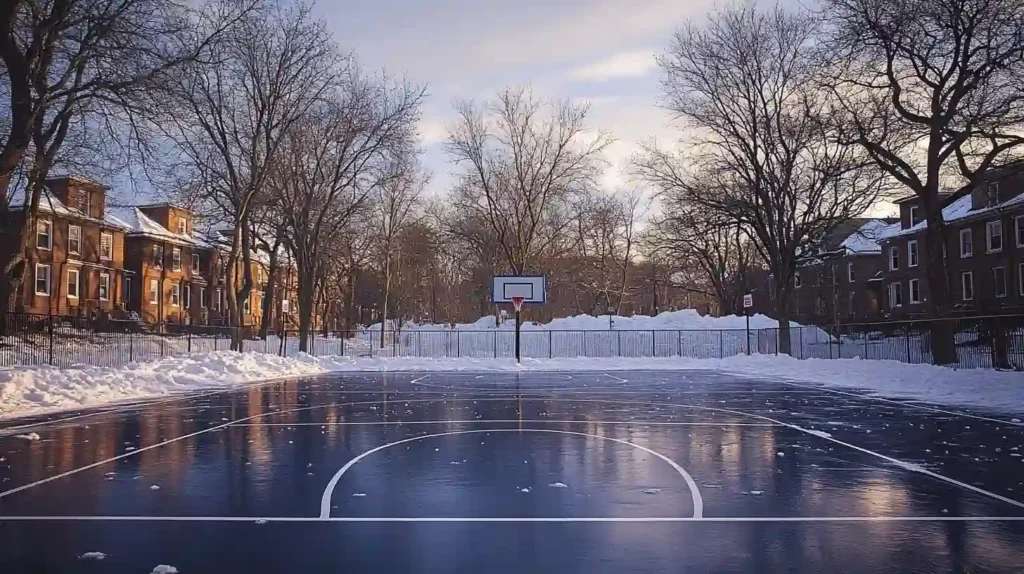
In the Windy City, winters are harsh, with temperatures frequently dipping below freezing. Combine this with frequent freeze-thaw cycles, and multi-use courts are bound to experience issues such as cracking, buckling, and surface damage.
Polypave Court Shield offers a protective barrier that prevents water from seeping into the surface, reducing the risk of cracks and ensuring the durability of your courts year-round.
Minneapolis, Minnesota
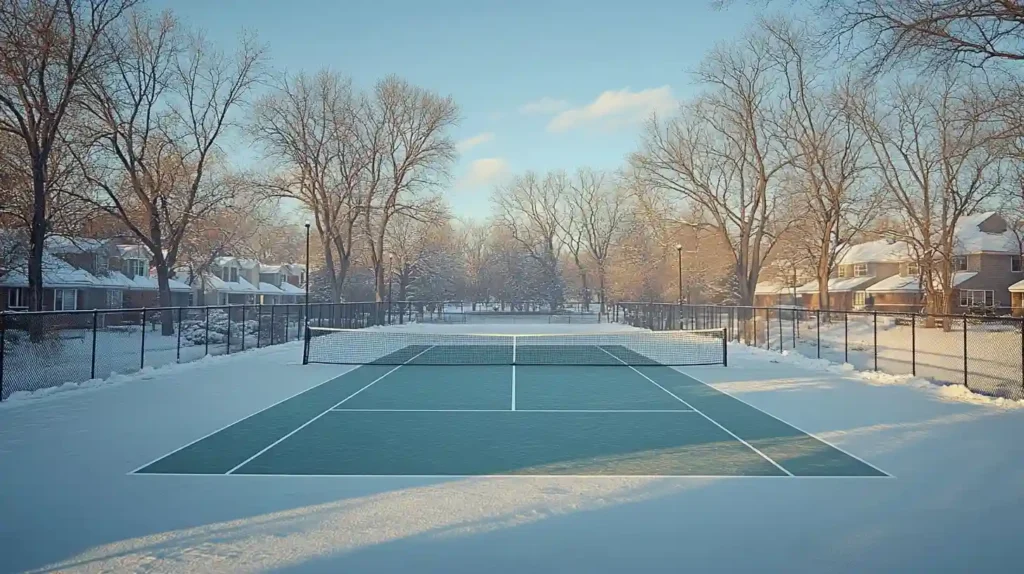
Minneapolis experiences extremely cold winters, with temperatures regularly reaching well below freezing. The freeze-thaw cycle can cause significant damage to outdoor courts, leading to cracks and surface instability.
Polypave Court Shield acts as a crack prevention system, especially important in colder climates, as it helps maintain the structural integrity of the courts and ensures the surface remains smooth and safe for play.
Dallas, Texas

Dallas is known for its hot, humid summers and mild winters. The combination of intense sun exposure and seasonal rains can weaken the surfaces of outdoor multi-use courts. Without proper protection, courts can suffer from rapid degradation, leading to costly repairs and downtime. Polypave’s advanced system prevents such issues, allowing your court to withstand both heat and moisture, ensuring durability in all weather conditions.
New York City, New York
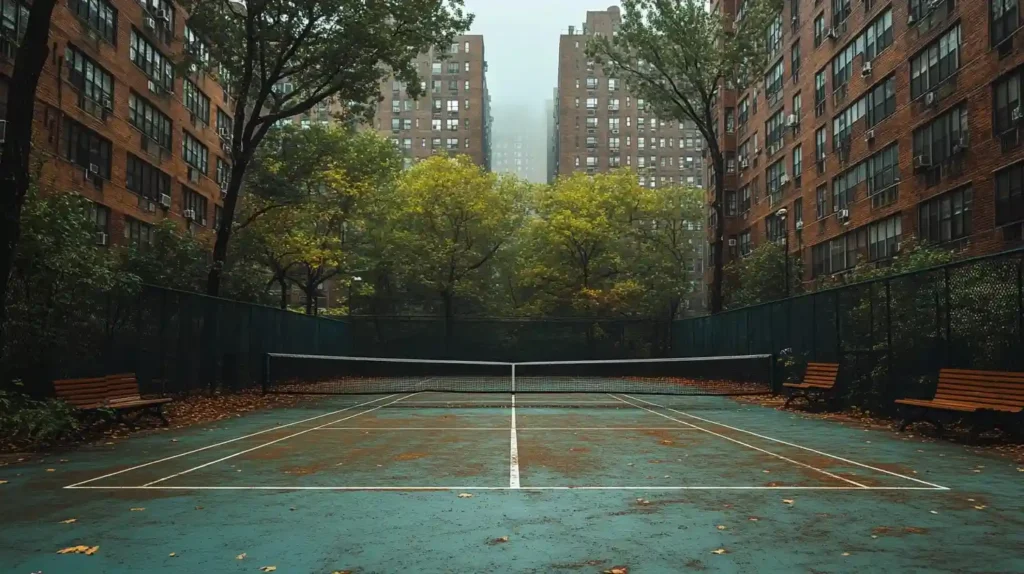
New York City experiences a wide range of weather extremes throughout the year—from hot, humid summers to icy, snowy winters. This variety puts stress on outdoor court surfaces, causing them to crack and deteriorate over time.
Polypave Court Shield provides an effective way to prevent these cracks, ensuring courts remain in excellent condition no matter the weather.
Los Angeles, California
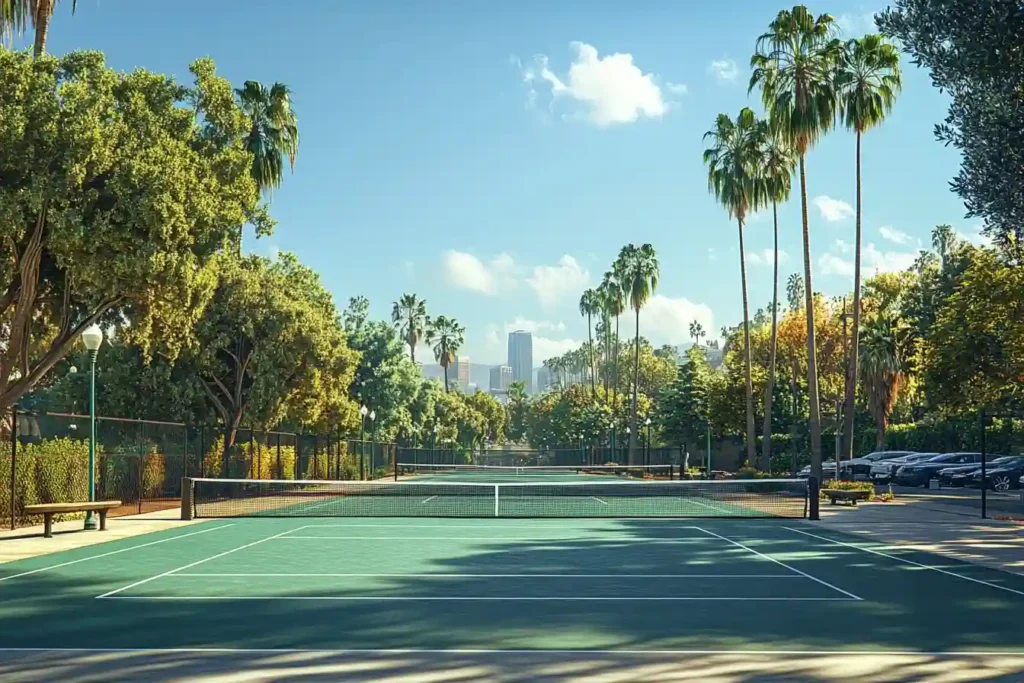
While Los Angeles is blessed with relatively mild winters, the hot, dry summers can take a toll on multi-purpose court surfaces. The combination of intense UV rays and little rainfall can cause the surface to dry out, crack, and become unsafe for players.
Polypave Court Shield helps to protect courts from these elements, maintaining a safe and level playing surface even under the harshest conditions.
The Causes of Cracking Courts
Understanding the factors that lead to weak and damaged courts is usually the first step in preventing them—here are the main causes of cracking and surface breakdown in multi-purpose courts.
How Polypave Court Shield Helps Prevent Cracking
Polypave Court Shield is designed to avoid all of the usual pitfalls for multi-purpose courts. By providing an additional protective layer, Polypave prevents water penetration, reduces the effects of temperature fluctuations, and acts as a barrier against UV damage. This system not only helps protect the surface from cracking but also maintains the integrity of the court through changing weather conditions, reducing maintenance costs and extending the lifespan of the court.
If your court is prone to cracking due to the environmental conditions in your area, Polypave Court Shield is the ultimate solution to safeguard your investment and keep your court in peak condition for years to come.
Why Polypave Court Shield is the Best Solution
No matter what city you’re in, Polypave Court Shield offers unparalleled protection for your tennis, pickleball, and multi-use courts. The innovative, our crack prevention system ensures that your courts are resistant to cracking caused by harsh weather conditions such as freezing winters, scorching summers, and fluctuating temperatures.
In cities prone to extreme weather, Polypave Court Shield is more than just an upgrade—it’s a game-changer. Contact us today to learn how we can protect your courts and extend their life for years to come!

